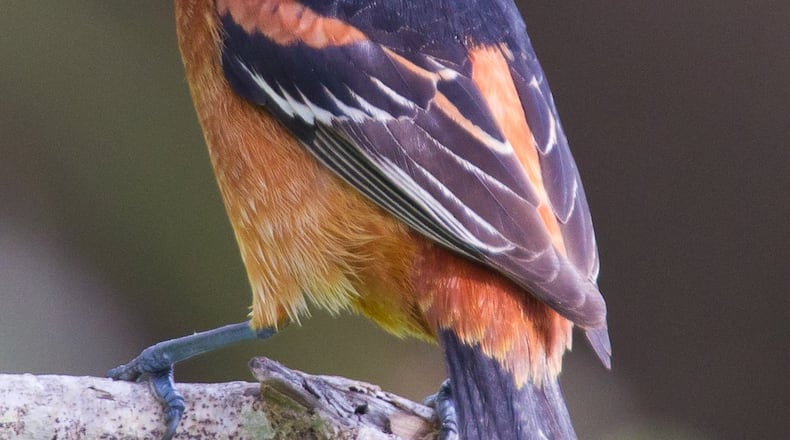The days are hot and sultry now, like a tropical climate. A multitude of insects, spiders and other small invertebrates are crawling, flitting and flying about.
Yet, even with abundant food and other basic resources still available — and the first day of autumn still more than two months away — several of Georgia’s spring-nesting songbirds already are departing for winter homes in tropical Central and South America.
Orchard orioles, Louisiana water thrushes, American redstarts, cerulean warblers, prothonotary warblers, blue-winged warblers, yellow warblers and blue-gray gnatcatchers all commence fall migrations around mid-July. So do some adult male ruby-throated hummingbirds.
Getting an early southbound start, too, are purple martins, which are leaving their breeding areas now and beginning to gather in huge communal roosts at night — a behavior that begins just prior to their southbound journeys.
Later this month, barn and bank swallows will form similar flocks before heading south. Tree swallows along the coast will do the same.
If these birds complete their arduous journeys without mishap, they will be ensconced in their winter homes months before the first cool days of autumn in North America.
Birds in general migrate south to escape cold weather and a scarcity of food during Northern winters. For the majority of Georgia’s migratory birds, fall migration usually begins in late August and peaks in late September and early October.
So, why do some species head south so early, when there is seemingly no pressing need for them to do so? It puzzles bird experts. One reason may be that some migratory birds have more of a tropical heritage than others and want to get back “home” as soon as they can after nesting in North America.
IN THE SKY: From David Dundee, Tellus Science Museum astronomer: The moon will be first quarter on Thursday. Mercury is low in the west around dusk; it also will appear near the moon at dusk tonight. Venus is in the west just after dark and sets about three hours later; it appears near the moon Sunday night. Mars rises in the east around midnight. Jupiter is high in the south at dusk and appears near the moon on Friday night. Saturn is high in the east just after dark.
About the Author
Keep Reading
The Latest
Featured


